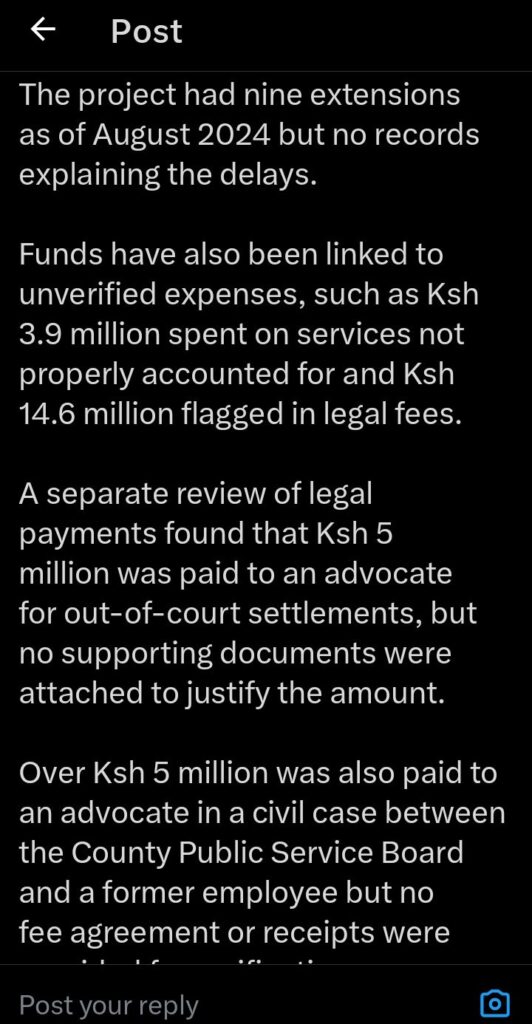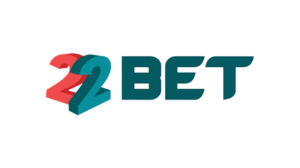The ownership of the upgraded National Education Management and Information System (NEMIS) remains unclear despite the government allocating Ksh 239.78 million for its redevelopment.
Concerns have been raised over the lack of transparency in the system’s control and management. Auditor General Nancy Gathungu has flagged the absence of critical documents, such as copyright registration and official handover records, which would confirm who owns and manages the system.
Without these documents, it is uncertain whether the Ministry of Education has full control over the platform or if third parties are involved in its administration.
The Ministry of Education implemented the changes under the Kenya Primary Education Development (PRIEDE) Project but did not provide documentation detailing how the system is managed, whether it complies with legal requirements, or how it is maintained.
This lack of transparency raises questions about whether the system operates in a way that ensures accuracy and accountability in student enrolment and funding distribution.
The report also raises concerns about the accuracy of student enrolment data used to distribute funds for Free Primary Education, Junior Secondary School Education, and Free Day Secondary Education.
The government allocated Ksh 132 billion for these programs, but it remains unclear if this money was disbursed based on verified student numbers. The lack of a clear student database could mean that some schools receive more or less funding than they should, leading to possible cases of misallocation or mismanagement of public funds.

One of the major issues with NEMIS is that it continuously updates student records without a specific cutoff date. This means that enrolment numbers keep changing, making it difficult to establish an accurate number of students at any given time.
This loophole can be exploited to manipulate student records, creating opportunities for fraud or misallocation of resources. If the government cannot determine the exact number of students in public schools, it becomes difficult to ensure that education funds are used properly.
Another issue flagged in the report is that NEMIS does not register students without birth certificates or those aged 18 and above.
This raises concerns about whether all eligible learners receive funding for their education. Many students in remote areas may not have birth certificates, and excluding them from the system means they do not receive financial support for their studies.
Additionally, some students who turn 18 before completing secondary education may be left out, making it harder for them to continue their studies.
The Ministry of Education launched the reengineered NEMIS during the 2021-22 financial year, with part of the project involving setting up a server on a government cloud infrastructure. Despite these upgrades, the lack of transparency and documentation surrounding the system raises questions about its effectiveness.
Basic Education PS Belio Kipsang has defended the platform, stating that it was designed to improve data accuracy and decision-making in the education sector.
However, with ongoing concerns about ownership, management, and data integrity, it remains unclear whether the system is serving its intended purpose or creating more loopholes for mismanagement and corruption.





















Add Comment